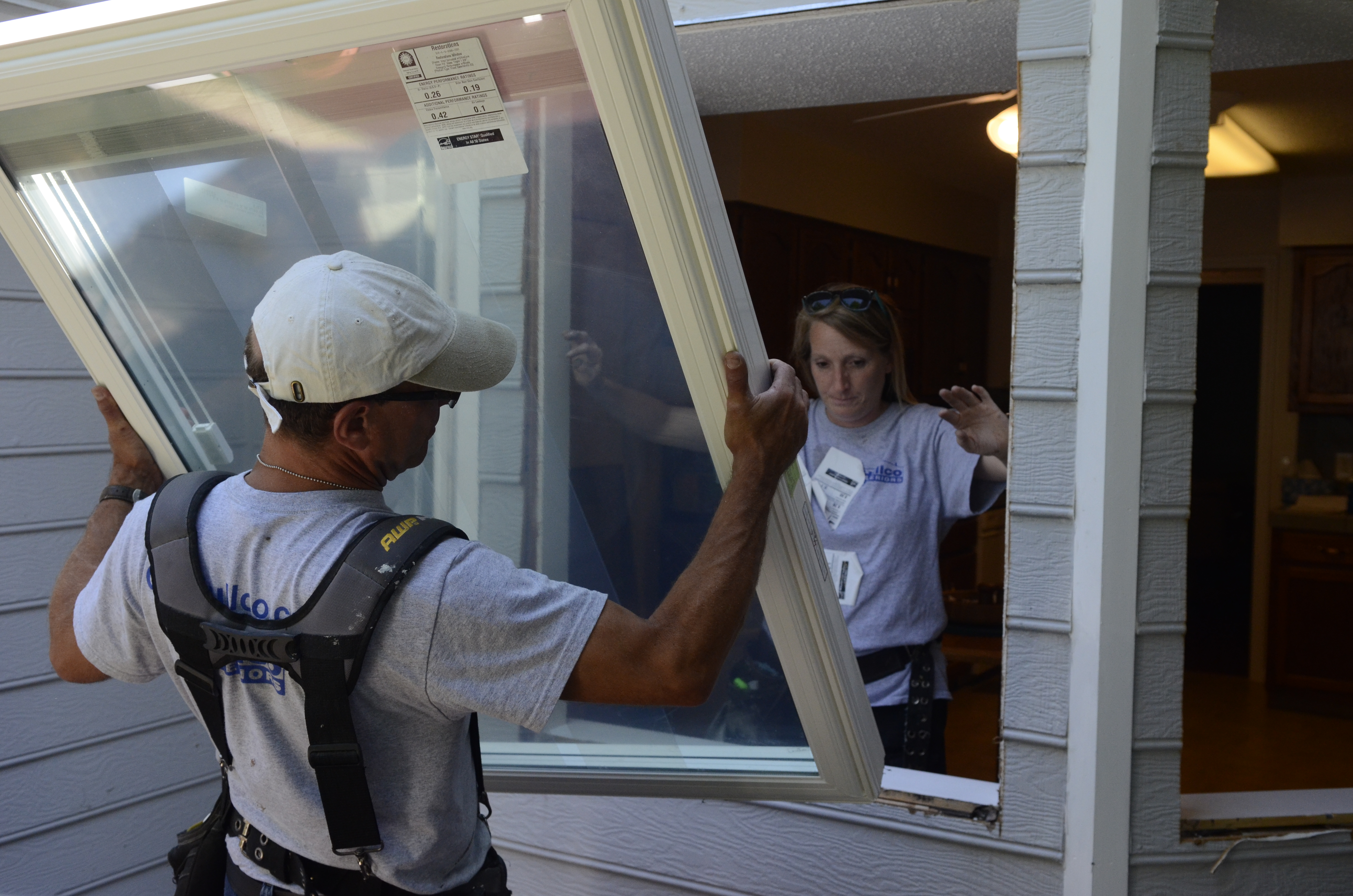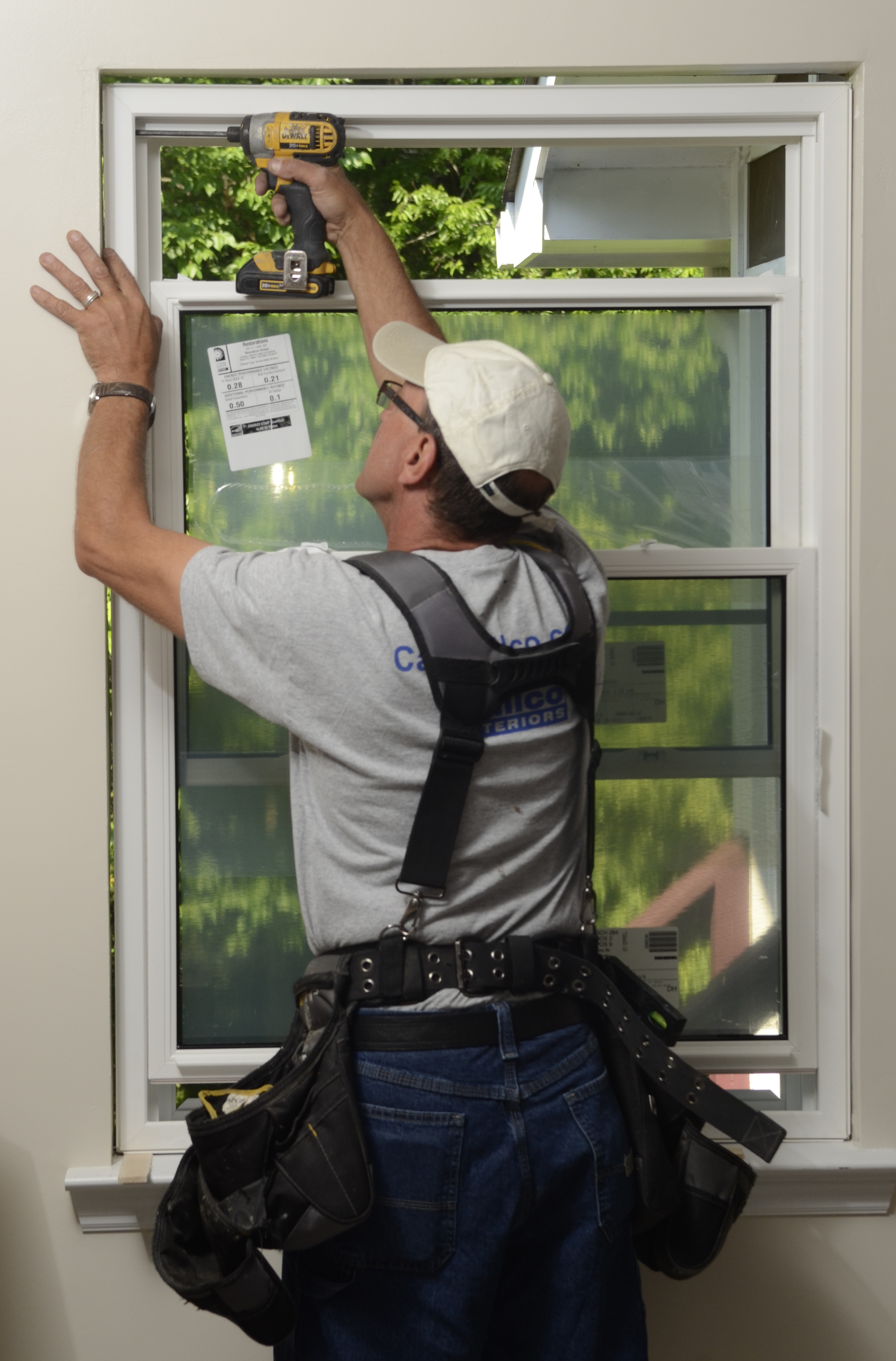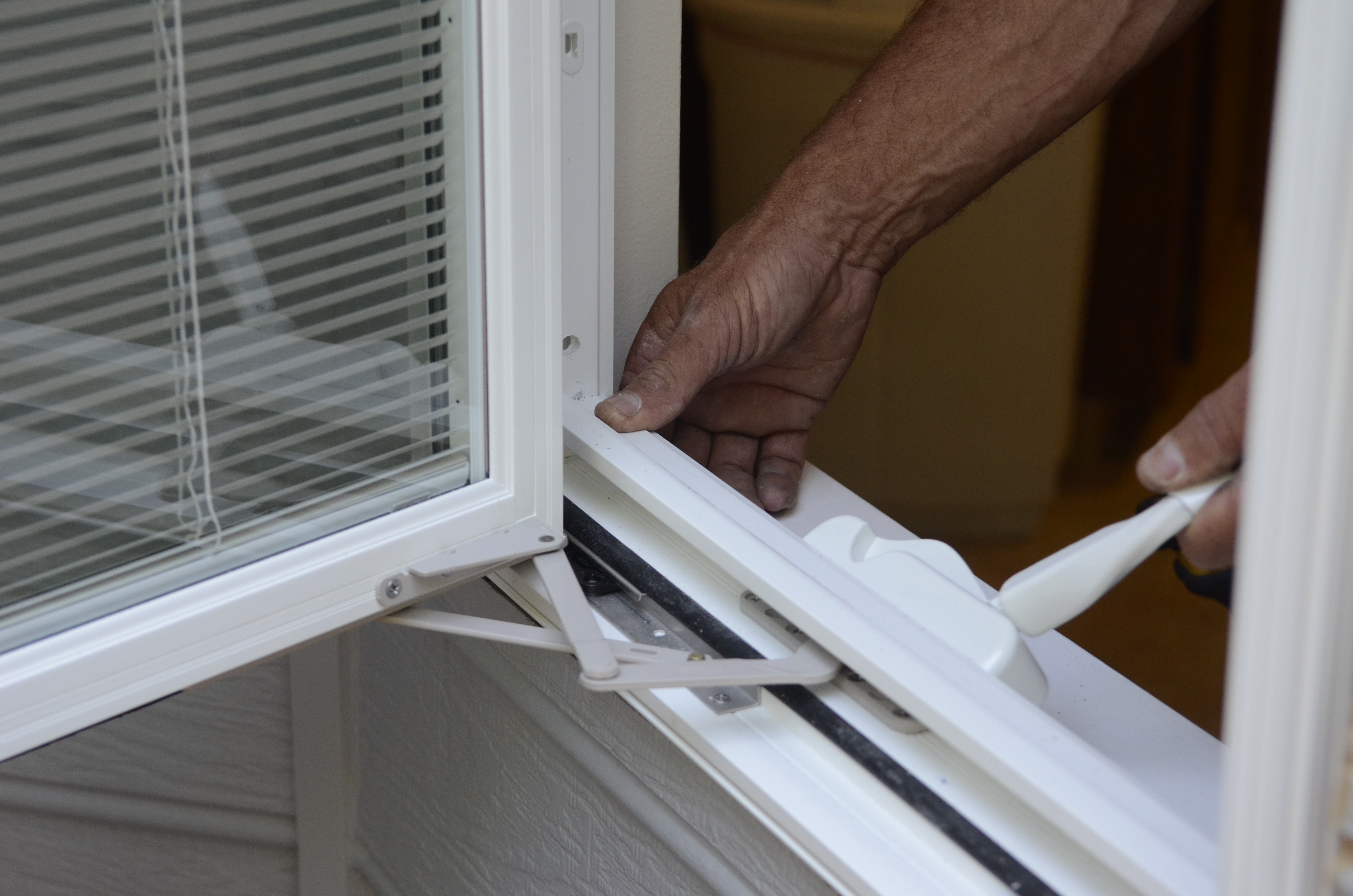For centuries, wood was the go-to material when it came to windows. But in recent years, when industry folks talk about wood windows, they don't really mean wood.
"Nobody makes a true wood window anymore," says Matt Hullander, owner of Hullco Exteriors. "Or there are only a couple of companies that do. I can't tell you the last time we sold an all-wood window."
When asked why the industry has virtually abandoned wood, Hullander doesn't hesitate with an answer.
"Rot, paint, weather, energy efficiency, insects," he says.
A "wood" window these days means a hybrid of wood and either aluminum, vinyl or fiberglass. The genuine wood will be inside the home, protected from the elements and available for painting, while wood on the other side, facing out into the real world, will be fused with weather- and insect-resistant material. In the industry, they're known as "clad" windows.
But looking a little deeper, the real reason for the lack of "all-wood" might be that old-growth lumber is hard to come by, and the newer wood does not hold up like the old stuff. That's part of the message that Sarah Kurtz Walker, historic preservation planner with the City of Chattanooga, shares with homeowners in one of the four districts that operate under the city's Historic Zoning guidelines - St. Elmo, Fort Wood, Ferger Place and Battery Place.
She explains to homeowners who request approval to replace their windows that their windows are very likely 80 to 100 years old or more for a reason - because they're sturdy enough to hold up - and that it's possible they can be repaired and the original character maintained while still improving their energy efficiency.
"I've done a lot of research on this because this one is the primary reason applicants come to us, to change their windows, and usually it is be more energy efficient," she says.
She first explains to them that less than 20 percent of a home's energy - heat or air conditioning - is lost through the windows. Most of escapes through the crawlspaces, walls and attics.
"If you take care of insulating those first, you can improve your house's efficiency," she says.
In a lot of cases - but not always - older windows can be repaired. Heavy paint buildup can cause them to not work properly, and the weighted ropes that help them move up and down could have broken, causing the weights to fall off inside the window frame and making the windows difficult to open and close
Rather than replacing, her office also recommends either installing or reinstalling storm windows on the outside of the house, leaving the old ones in place. But if replacement is the best option, her office usually recommends clad windows because they offer more options when it comes to styles, colors and profiles, with rounded or ogee-shaped designs instead of simple flat, and it keeps the wood look inside.
Hollander says vinyl clad windows have come a long way in design and efficiency. Ninety-nine percent of his window business is replacement with such windows, he says.
"They have come so far now with vinyl and clad windows."
A big complaint with the older clad models was the lack of profile choices, and that you didn't have true divided light, referring to the individual panes of glass. The mullions - the pieces that divide the panes - were often simply cosmetic with a single grid attached to a solid pane of glasses. While simulating the look of older windows, many homeowners felt they didn't look right on an older home.
"The newer simulated divided light looks awesome," Hollander says. "You can hardly tell the difference, and they come in not just tan or white. We have 28 color combinations and we can do custom paint."
Money is usually the driving force with windows - both with people looking to save money on energy costs and also when it comes to choosing the replacement windows, which can range in price from a few hundred dollars to $1,000 apiece. If you want more choices when it comes to styles and profiles, you should expect to spend in the higher range.
The website, www.costhelper.com, estimates the range for replacing windows in a one-story, three-bedroom home with 10 windows at between $3,000 and $10,000.
Hollander points out that there are different levels of quality when it comes to vinyl or aluminum windows, but even the lower-end versions are more efficient than older, single-paned wood windows.
In addition to replacing the window itself, properly insulating the frame around it is also important.
"So many companies do it what we call the easy way, where they just insert it into the old frame," he says. "We remove everything and you actually end up with a bigger window but everything is sealed and insulated."
Contact Barry Courter at bcourter@timesfreepress.com or 423-757-6354.



